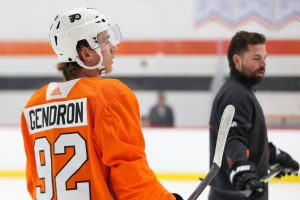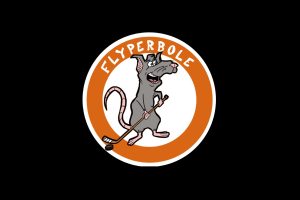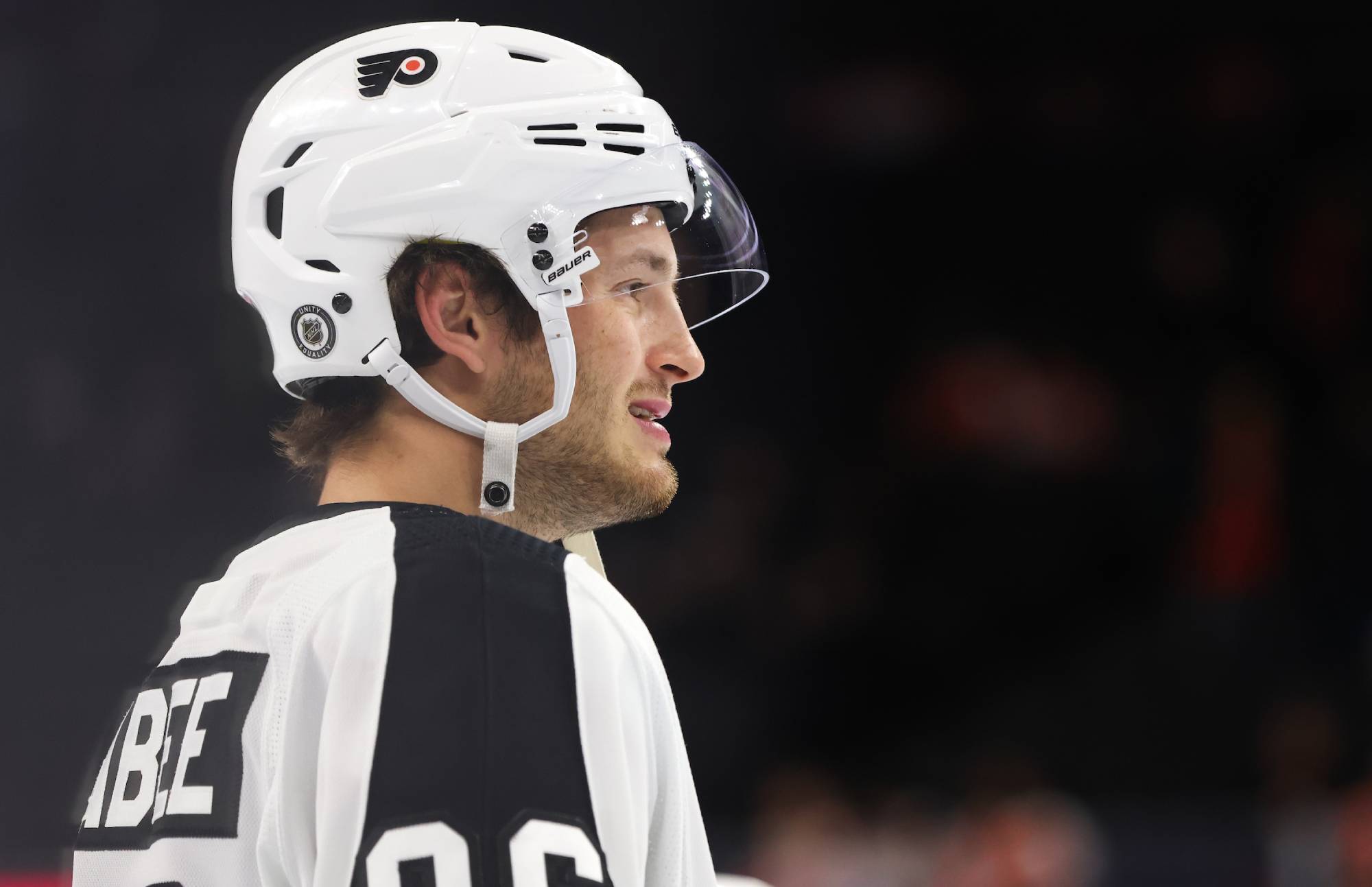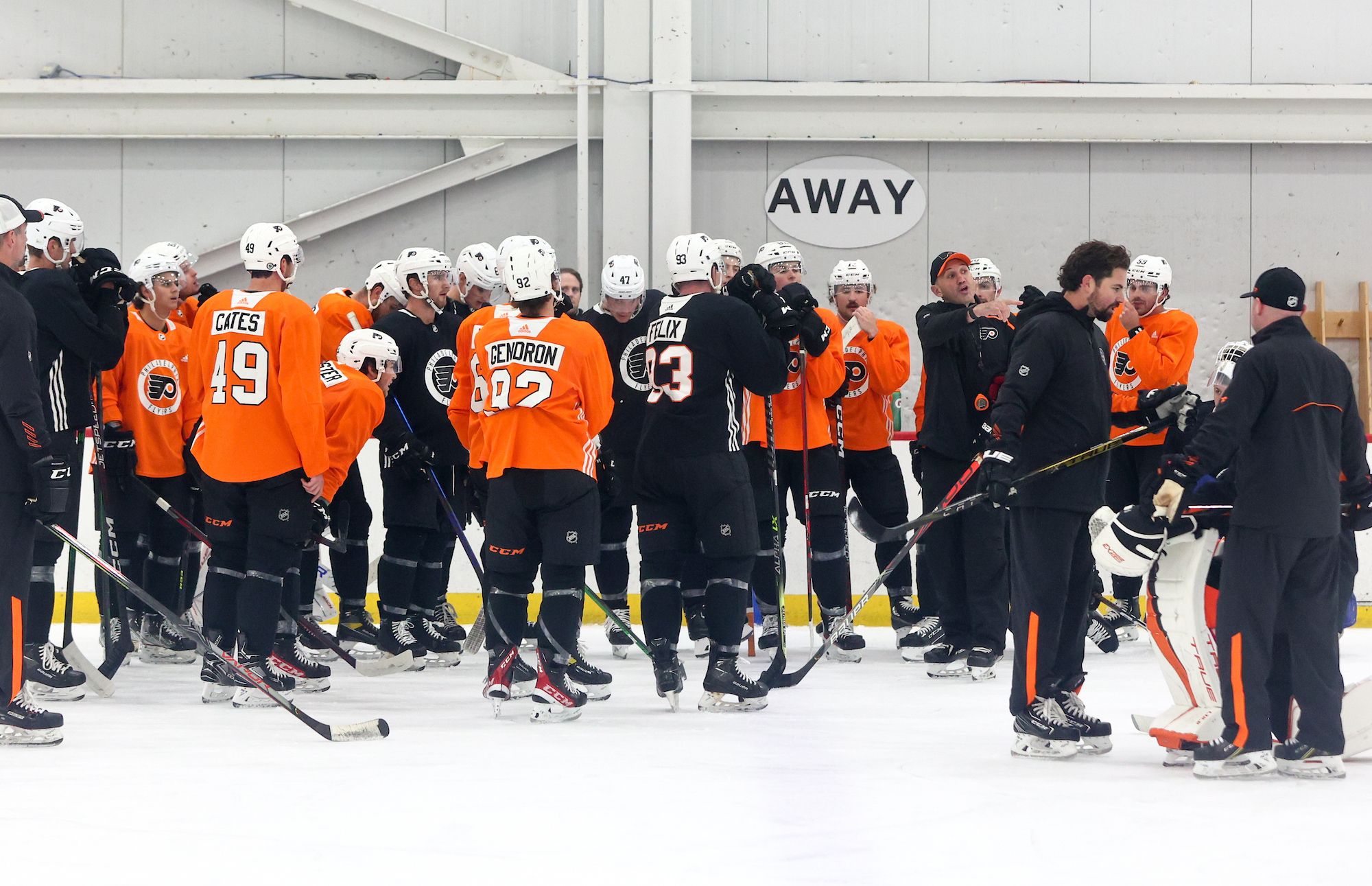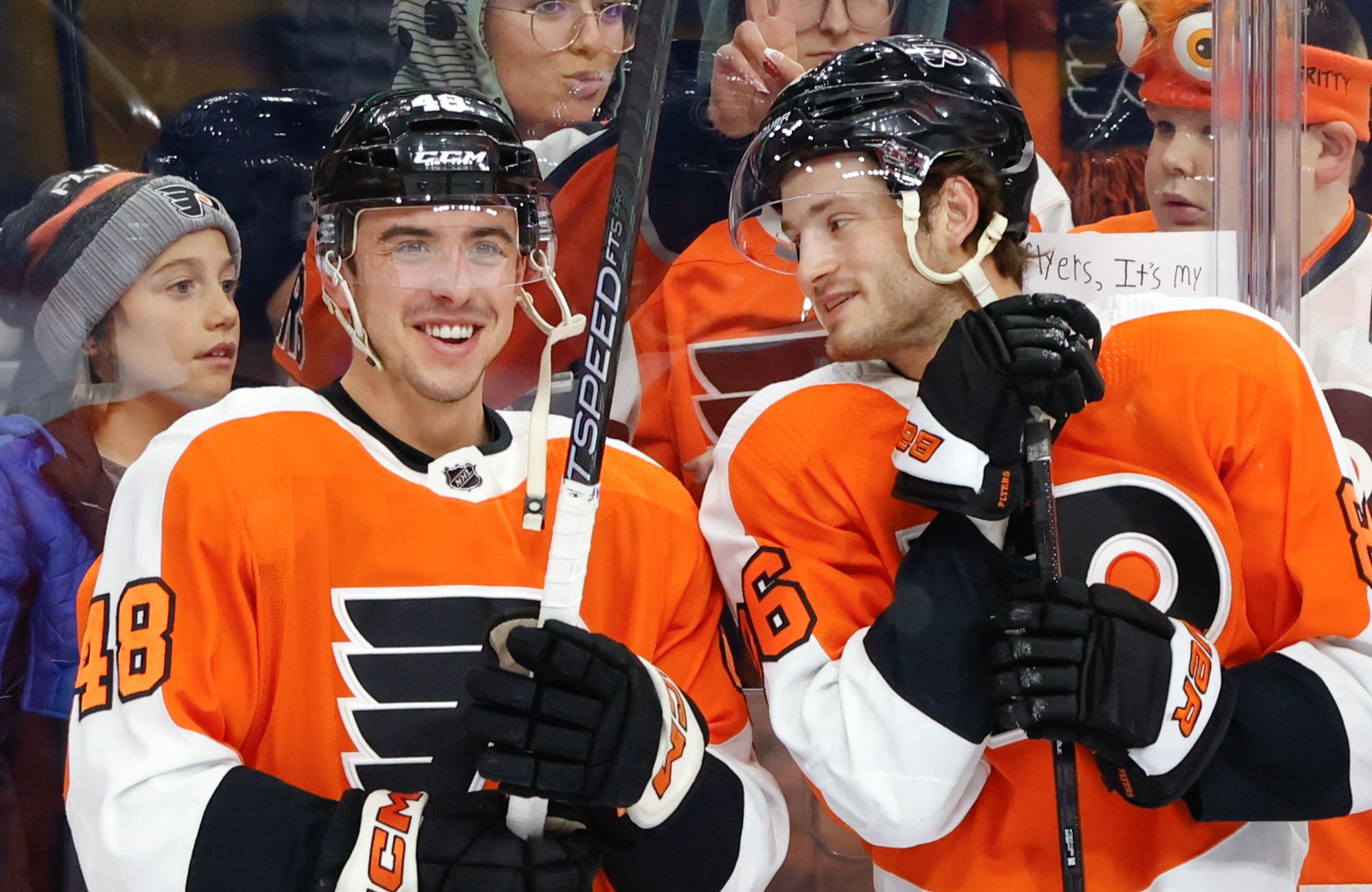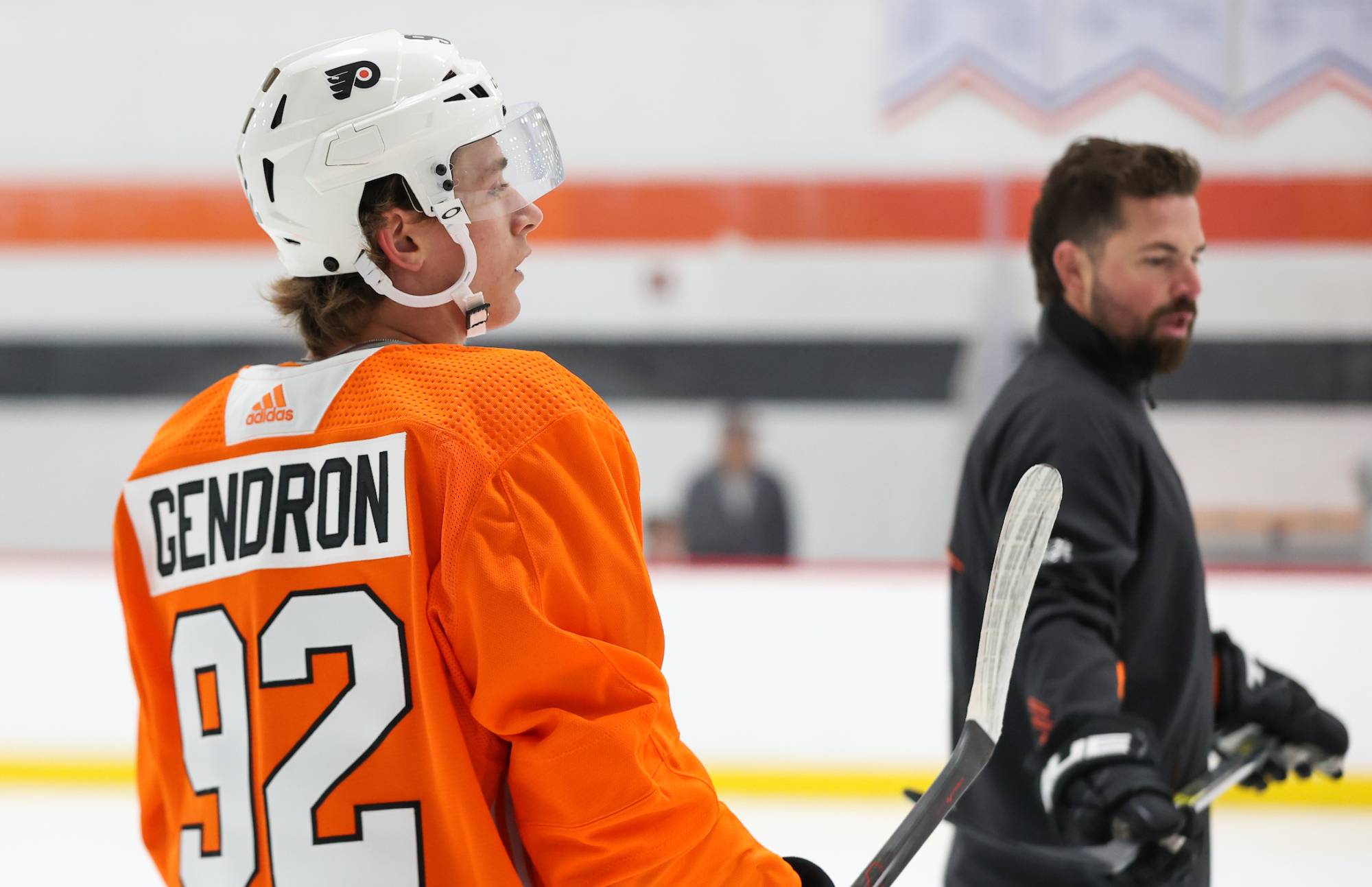We’re back and we’ve got more grades for more forwards! We’re continuing down the roster—alphabetically, as we said, and now it’s time for the Fs through Ms. It’s not as neat as the ABCs, but it doesn’t always work out as neatly as we want, you know?
Anyway, let’s get into the grades.
Byron Froese 24 GP, 7 G, 7 A, 14 P
Grade: B-
Froese was the other piece, along with David Schlemko, that came over in the trade that sent Dale Weise and Christian Folin to Montreal, and as was the case with Schlemko, he seemed to be a nice little pick up for the team. We don’t have a massive sample on him, but he was solid down the stretch. He wasn’t always the most noticeable player on the ice, not the flashiest, but he was able to get settled with the new team easily enough and find a way to contribute offensively when the team as a whole was struggling to do so. He was pretty good but not stellar, and we don’t really have any major complaints about his game.
Tyrell Goulbourne 63 GP, 9 G, 9 A, 18 P
Grade: C-
It was a fine enough season for Goulbourne, all things considered. He continued to play an energy player type of role and he was effective therein. He also just about matched his point total from last season, when he scored 19 points in 63 games. We didn’t really see him take a big step forward, but we can still give him credit for performing well enough in the role that he was expected to play.
But the major thing we’re holding against him? His penalty minute total jumped way up from 79 minutes last season to 135 minutes this season. The Phantoms did have an objectively very good penalty kill this season, so they were able to bail out their penalty taking teammates on more than a couple of occasions, but you can’t be putting your team at a disadvantage that often. There were a handful of 10 minute misconducts thrown in and making that stat look a little scarier, but the point remains. Playing with an edge is fine, but you have to make sure you know where the line is, and not cross it quite so frequently.
Mike Huntebrinker 22 GP, 2 G, 0 A, 2 P
Grade: D+
Huntebrinker was up and down this season, joining the team from the Royals as injuries necessitated it, playing mostly in a fourth line role and all in all, he was fine. He was passable in a depth role but wasn’t really able to contribute much offensively (just those two goals in 22 games played). We don’t have any active bad feelings about his play, but he just didn’t really move the needle in his time with the team. We give him credit for being the shootout secret weapon that one time and getting the team a win, but that was just about the most flash he was able to bring.
David Kase 40 GP, 8 G, 15 A, 23 A
Grade: B+
Kase made his AHL debut this season, and he was able to really hit the ground running. It took him a bit to solidify a place for himself in the lineup (as the Phantoms, starting the season with an excess of forwards, had a rotation of rookies to be healthy scratched so everyone got playing time), but once he did, it was aces. He brought a remarkably complete game, making an impact really in every context he was put in, be it even strength or special teams. He was able to figure out scoring at the AHL level pretty quickly. We didn’t see him getting pushed around too badly, despite his being a smaller player. And he showed that he can get a little but feisty from time to time, which is also fun.
The one piece we’d like to see come along more is his ability to drive play. There weren’t many players who were able to post a positive Corsi-For Relative, or breakeven at 5-on-5, even, but Kase, in the numbers we have, was still negative relative to his teammates. Is that something we’re worried that he’ll never be able to fix? Not necessarily. But it could still use fixing.
Pascal Laberge 15 GP, 5 G, 1 A, 6 P
Grade: B
Laberge got a late start to his rookie season, after having hip surgery during training camp and subsequently spending most of the regular season recovering from that, but he was still able to get in for a handful of games at the end of the season, and while it was still a limited sample, he certainly made a good first impression. Playing in more of a depth role, he was able to strike a nice balance between being willing to play a more physical grind it out style, while also flashing some nice bits of skill when appropriate. The scoring was starting to come for him, and he even recorded his first career hat trick already! And that’s pretty fun, right?
This was supposed to be something of a “show me” season for Laberge—as a player who hadn’t produced at a really stellar level in the Q over the last two seasons, we had some questions about just what we have in him, as a prospect, and how his game would translate to the pro level. And, as it’s still a limited sample that we’re working with, these questions will likely bleed over into next season, Laberge did everything we possibly could have asked of him, all things considered, to work towards putting our concerns to rest.
Colin McDonald 69 GP, 13 G, 15 A, 28 P
Grade: A-
All in all, it was a pretty solid season for Phantoms captain Colin McDonald. He’s 34 now, and that’s about when you start to wonder about a player really falling off a cliff because, well, aging happens. And, it seems, this didn’t need to be a major concern, not this season, at least. McDonald’s season points total actually increased from 25 points last season, though that was in 56 games played, marking only a small decline in his points pace from last season (which also isn’t too surprising, considering the overall offensive struggles the team as a whole had). He just quietly kept at it, bringing both the on-ice production and the leadership (intangibles!) when needed. There’s really not a whole lot more that we could have asked of him.
All stats via theAHL.com



